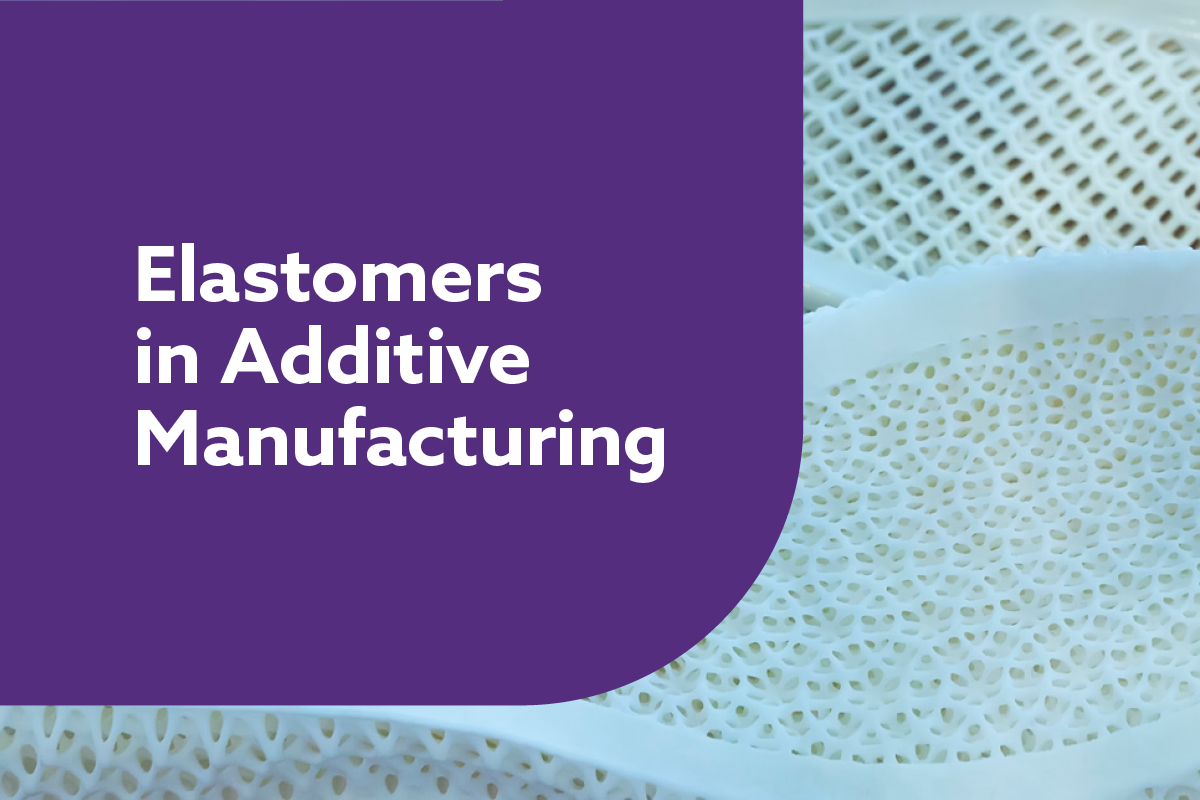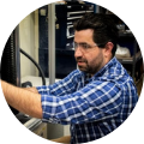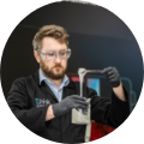Elastomers in Additive Manufacturing

This webinar will focus on the use of elastomers and elastomeric-like materials in additive manufacturing. The talks will discuss the latest developments of 3D printable elastomer systems, printing technologies and products that have been achieved using this modern manufacturing approach.
Challenges of 3D printing elastomeric materials will be addressed including material formulation, printing resolution, fine tuning physical properties and the ability to set up a mass-manufacturing print farms. This is particularly important today as we develop new products increasingly over ever shorter product lead times as has been required for example to respond quickly to the ongoing Covid-19 pandemic.
Three take away benefits for participants attending this event:
- Discover the latest developments of 3D printable elastomer systems, printing technologies and products available on the market.
- Awareness of challenges of using elastomeric materials in additive manufacturing and the innovative solutions are being applied to address these problems.
- Overview of products, suppliers, and research institues working in the field.
3D printing elastomeric materials -the future of elastomers?
Presented by Sarah Karmel, Head of Chemistry, Rheon Labs
Currently, 3d printing real elastomers is a one of the biggest challenges in the field of Additive Manufacturing. This talk will give an overview over the challenges associated with 3D printable elastomers and possible solutions of how to overcome them.
Extrusion-based 3D printing of novel silicone elastomers with advanced properties
Presented by Chiara Da San Martino, PhD Student, QMUL
Photocured silicone elastomers have become increasingly popular in a variety of advanced materials applications including biomedical devices. We introduced a thiol-ene silicone system which displayed an ultra-fast curing speed and excellent tolerance to the inhibition by oxygen. Applications of this novel UV curable silicone chemistry for 3D printers include the fabrication of the complex geometries used in microfluidic devices.
The versatility of 3D printed TPU: current uses and future directions
Presented by Ryan Flattery, Product Development Engineer, NinjaTek & Fenner Precision Polymers
A retrospective look at uses cases from academia and industry and future directions for TPU FFF Printing.
Visible light photopolymerization of elastomers
Presented by Dr Robert Young, Lead Scientist, Photocentric
In this talk, we would like to walk the audience through the process of mass manufacturing using 3d printed elastomeric materials. From the formulation of elastomers, the fine tuning of the physical and mechanical properties, to their use is a print farm set-up for mass manufacturing as well as all the challenges along the way.
Agenda
Chair: Professor James Busfield, Chair | Professor of Materials & National Teaching Fellow, Director of Industrial Engagement & Head of the Soft Matter Group, Rubber in Engineering Group | Queen Mary University of London
| 13:30 | Welcome and Introduction to the Rubber in Engineering Group | Professor James Busfield Chair | Professor of Materials & National Teaching Fellow, Director of Industrial Engagement & Head of the Soft Matter Group Rubber in Engineering Group | Queen Mary University of London |
|||
| 13:40 |
3D printing elastomeric materials - the future of elastomers? |
|
|||
| 14:10 |
Extrusion-based 3D printing of novel silicone elastomers with advanced properties |
Chiara Da San Martino PhD Student QMUL |
|||
| 14:40 |
The Versatility of 3D Printed TPU: current uses and future directions |
|
|||
| 15:10 | Visible light photopolymerization of elastomers |
|
|||
| 15:40 | Closing remarks | Professor James Busfield Chair | Professor of Materials & National Teaching Fellow, Director of Industrial Engagement & Head of the Soft Matter Group Rubber in Engineering Group | Queen Mary University of London |
|||
| 15:50 | Close |
Speakers











